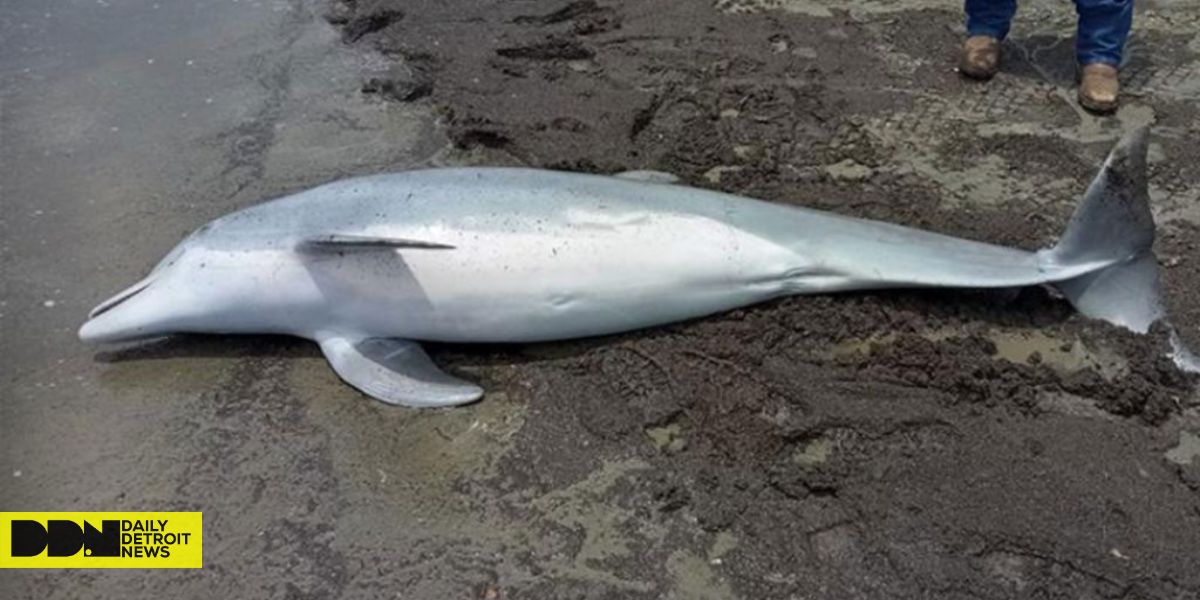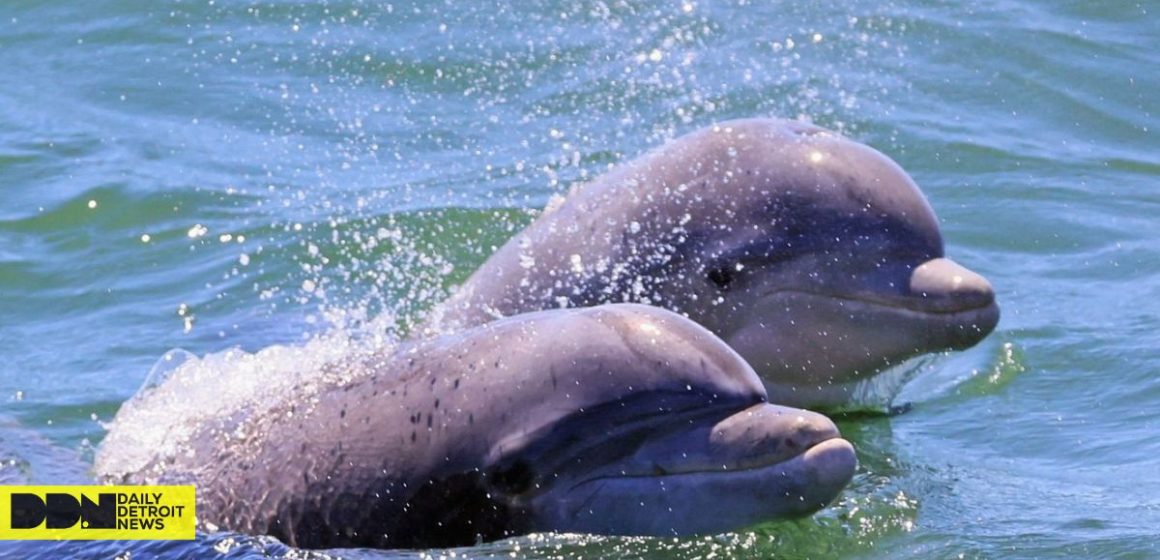DDN – The majestic dolphins of Texas’s Gulf Coast are in the spotlight, but not for their grace or intelligence. Shocking reports reveal that these marine mammals are testing positive for drugs such as cocaine, antidepressants, and other harmful substances.
While scientists and environmentalists sound the alarm, there seems to be little concern from authorities or the public. This revelation paints a dire picture of environmental negligence and its devastating impact on marine life.
How Are Drugs Getting into the Ocean?
Drugs find their way into oceans primarily through human activities. Improperly discarded medications, untreated sewage, and stormwater runoff carry pharmaceuticals and illegal substances into waterways. These pollutants accumulate in coastal areas where dolphins and other marine animals are exposed. Wastewater treatment plants, often ill-equipped to filter out complex chemicals, exacerbate the issue. As a result, toxic substances infiltrate ecosystems, impacting marine life at an alarming rate.
What Drugs Are Affecting Dolphins?
Testing has revealed traces of drugs ranging from cocaine to antidepressants and even opioids in dolphin tissues. These substances alter the animals’ natural behavior and can have severe physiological consequences.

Cocaine overstimulates their nervous systems, potentially causing erratic movements and impaired decision-making. Antidepressants disrupt serotonin levels, affecting social bonds, hunting efficiency, and reproductive health. Long-term exposure to these drugs is suspected to weaken dolphins’ immune systems, leaving them more vulnerable to diseases.
The Impact on Dolphin Populations
The effects of drug contamination go beyond individual dolphins. Altered behavior disrupts social structures, which are critical for survival in dolphin pods.
Reproductive issues could lead to a decline in populations, especially if mothers are unable to care for their calves due to physiological or behavioral changes. This pollution may also have cascading effects throughout the food chain, ultimately impacting the entire marine ecosystem.
Why Is There No Urgency to Address This Crisis?
Despite the gravity of the situation, there’s a notable lack of action from policymakers and the public. Several factors contribute to this inertia:
- Lack of Awareness: Many people remain unaware of the extent of pollution in oceans and its consequences.
- Regulatory Gaps: Existing laws often fail to address the complex issue of pharmaceutical pollutants effectively.
- Funding Challenges: Marine conservation efforts frequently lack the necessary funding to conduct extensive research or implement preventive measures.
- Human-Centric Priorities: Environmental policies tend to focus on issues that directly affect humans, sidelining marine ecosystems.
A Global Problem with Local Consequences
While this crisis is most visible in Texas, drug contamination in oceans is a global issue. Countries around the world face similar challenges, as pharmaceutical waste and illegal substances seep into aquatic environments.
The problem isn’t just about marine life—these contaminants can eventually find their way into human food chains through seafood consumption.
What Can Be Done to Save Texas Dolphins?
The situation demands immediate action to curb pollution and safeguard marine ecosystems. Experts recommend the following steps:
- Stricter Wastewater Regulations: Upgrading treatment plants to filter out pharmaceuticals and other contaminants is crucial.
- Public Awareness Campaigns: Educating the public about proper drug disposal methods can significantly reduce pharmaceutical waste.
- Enhanced Monitoring: Regular testing of water quality and marine life health can help identify and address pollution sources promptly.
- Increased Funding: Governments and private organizations must allocate more resources to marine conservation and research initiatives.
- Legislative Changes: Implementing and enforcing stricter environmental laws is essential to mitigate pollution at its source.
Conclusion: A Wake-Up Call for Action
The unsettling reality of Texas dolphins exposed to drugs serves as a grim reminder of humanity’s impact on the environment. These intelligent and social creatures are suffering due to our negligence, and their plight should not be ignored. The problem is not just ecological but ethical—protecting these dolphins is a responsibility we owe to the natural world.
Final Thought:
The time to act is now. Every effort counts, from reducing pollution at its source to advocating for stronger environmental protections. Without immediate intervention, the future of Texas dolphins—and countless other marine species—remains at risk. Let this shocking revelation be a catalyst for change, inspiring individuals, communities, and governments to take action for a cleaner and safer ocean.



Leave a Reply